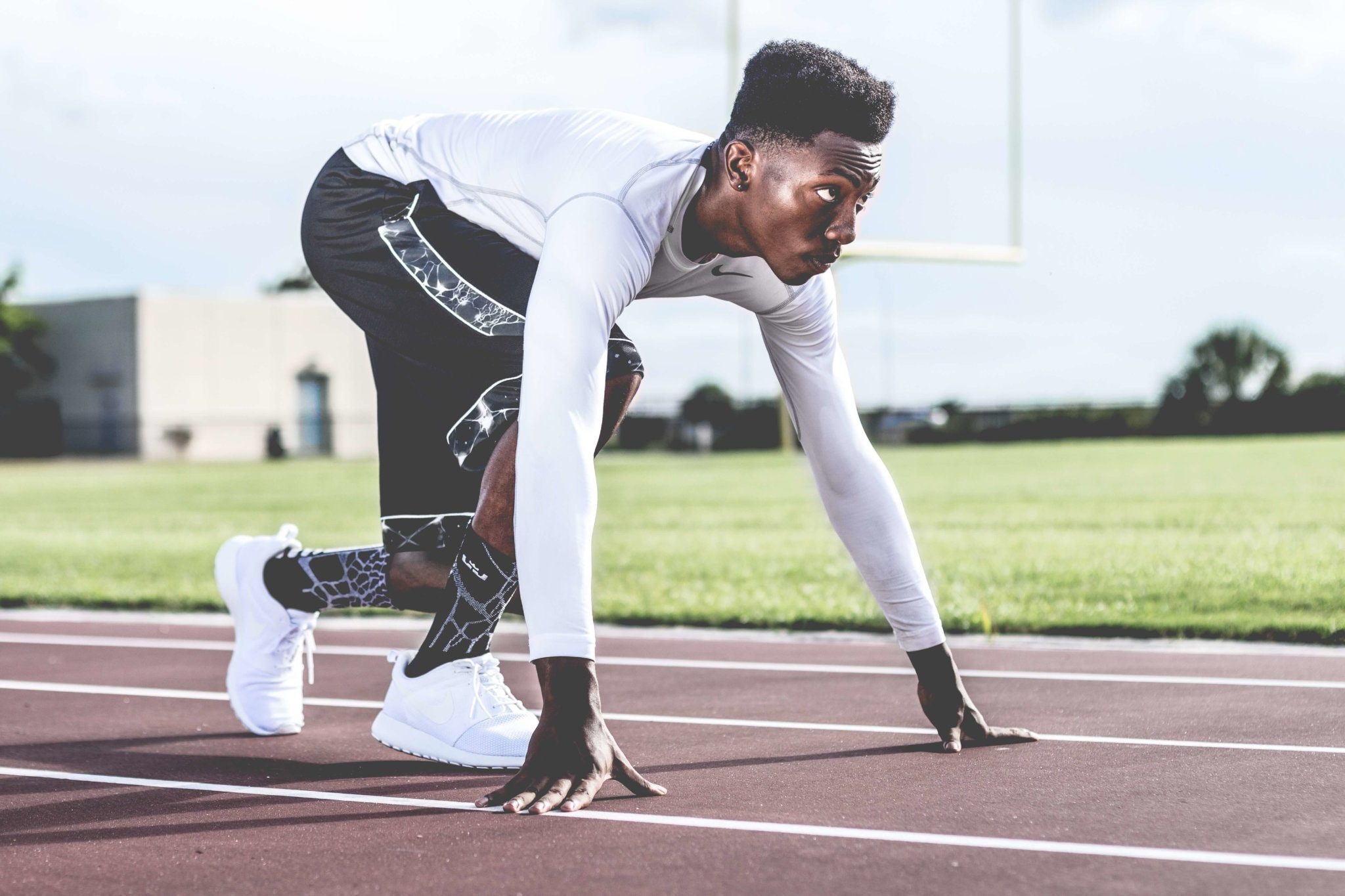Without the distraction of shoes, you can focus on developing a proper running form to reduce the risk of injury.
Could running barefoot be the answer to avoiding running-related injuries? This is the opinion of the five-toed runners out there, who may be onto something.
Running barefoot is, after all, deeply ingrained in human biology. To begin walking about Earth, humans did not evolve to have such plush padding and support for their arches. For countless generations, people lived skin to the ground.
Read the advice of Michael Bogden, PT, DPT, SCS, FAAOMPT, a sports physical therapist, before you give up on modern running shoes in favor of retro styles.
Is it beneficial to run barefoot?
In theory, it could work. According to the American Podiatric Medical Association, there is not enough evidence to provide a conclusive scientific response to the benefits of barefoot running.
Despite the lack of evidence, the “natural running” trend has gained popularity, with its adherents insisting that barefoot running is safer than wearing shoes. Why is that? The key is in how you execute your sprints.
Running barefoot “definitely” results in superior mechanics for most people, adds Bogden. “It promotes a more efficient running style.”
You take shorter, more compact steps that land squarely under your torso when barefoot. That stride places the center of gravity of the body in a more advantageous position and typically results in a more significant bend in the knee, which reduces the impact felt by the knees and other joints.
Barefoot runners also tend to land on the ball of their foot rather than the heel, which improves their overall efficiency.
According to Bogden, the more natural running style results in less stress on the joints.
potential gains from barefoot running
The purported health benefits of barefoot running are as extensive as a marathoner’s training schedule. But would taking off your shoes make that big of a difference?
Here are three reasons why barefoot walking may be preferable to wearing shoes.
- For those with flat feet, barefoot running can be a relief.
Barefoot running may help tighten the muscles in the feet and strengthen the arch to prevent further flattening. Bogden adds, “if you always wear supportive shoes, you’re not adding muscle power in your feet to support bones that aren’t merely inherently tight in their structure.”
What’s the catch? The act of going barefoot shouldn’t hurt your feet. When your feet start to break, Bogden advises you to keep your shoes on as protection.
- One of the many benefits of jogging barefoot is lessening the chance of developing plantar fasciitis.
Barefoot running has been linked to a reduced risk of plantar fasciitis, the painful inflammation of the ligaments and tendons in the sole and around the heel. Why? As was said before, many runners find that going barefoot improves their form and rhythm. The plantar fascia can be strained by improper running state.
As noted by Bogden, overuse injuries such as plantar fasciitis can be exacerbated by inefficient firing patterns of the muscles in the lower leg.
- To maximize calorie expenditure, try running barefoot.
Running shoes with springy soles help you to gain momentum. When you remove your shoes, the springiness no longer supports. “Barefoot running is going to be rougher and more challenging,” adds Bogden, so you’ll likely burn more calories.
Doubts regarding barefoot running
Have you ever been strolling through your child’s bedroom and tread on a LEGO block, only to let out a mighty yell? Just try to visualize the pain of landing barefoot on something like a rock, stick, or thorny bush while out for a run.
Bogden observes that “running barefoot leaves your feet vulnerable to cuts, puncture wounds, and infection.” The soles of your feet might be damaged from walking long distances barefoot in the heat or the cold.
Bogden also warns that barefoot running increases the danger of foot stress fractures.
Barefoot jogging may not be the best idea for people with diabetic neuropathy, which can cause a loss of sensation in the feet. When going for a run or a stroll, people with diabetes should always wear shoes and socks, as recommended by the American Diabetes Association.
Which is better for a runner—barefoot or cushioned soles?
It’s okay to choose between these two options. I suggest that you do both.
As a form of cross-training, Bogden recommends giving barefoot running on grassy fields a try. Think of it as a routine variety, like adding hills or intervals. He recommends barefoot training, saying that “most runners” would benefit from it. “It has the potential to be a really helpful instrument for variety.”
You can get shoes with a minimalist design that fall somewhere in the middle. While still providing some level of foot protection, these shoes offer less cushioning and support than standard running footwear. (I’ll elaborate later.)
Nonetheless, Bogden warns against becoming a dedicated barefoot or minimalist runner: “Should you train with every run for weeks on end in a barefoot style? “I think the solution is probably not for the vast majority of people,” he says. But incorporating it into your workout regimen is a good move.
A Guide to Running Barefoot
With these three words, Bogden recommends trying barefoot running: Have patience and take it easy. (Great news for all you runners out there!)
As with starting any new exercise, it’s essential to ease into barefoot running gradually so that your foot muscles have time to adjust, as advised by Bogden. Taking off your shoes isn’t just a one-time thing. There needs to be some strategy and training regimen in place.
Bogden recommends beginning with a minimalist shoe with a low or nonexistent heel-to-toe drop. (The “drop” refers to the distance between the heel and toe of your shoe.)
Transitioning to running with less cushioning underfoot will take time for your body to adjust to. As you transition to minimalist shoes, reduce your weekly distance by half. Re-incorporate the space gradually. Generally, you should add at most 10% each week.
Bogden warns that switching to different footwear will affect the body differently. It will alter the stress placed on ligaments and tendons.
Bogden recommends using foam rolling, massage, or vibration guns on the lower legs and feet to aid recovery from the extra work. It will make the change to the new running technique less complicated.
If transitioning to minimalist shoes goes smoothly, try jogging without shoes. Start on a football field or soft surface and reduce your starting distance.
Pay attention to how you run.
The potential advantages of barefoot running should not be interpreted as a criticism of shoes designed for that purpose. Bogden emphasizes that “this is not about condemning our shoes.” Nonetheless, “it is important to recognize that different pairs of shoes might influence our running styles.”
Try including some barefoot or minimalist shoes running into your routine to return to your roots. It could give you a taste of what it’s like to run correctly and encourage you to work on your form.


